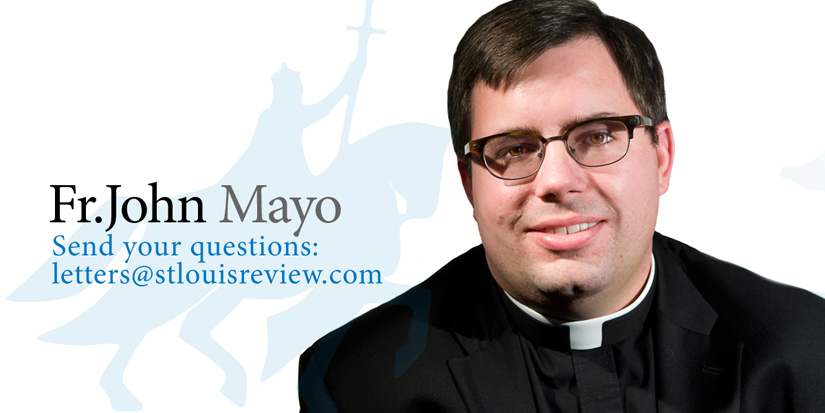 Students of Shakespeare’s “Romeo and Juliet” may recall that Friar Lawrence agreed to marry the two forbidden lovers in secret. This plot point Shakespeare used to set up the tragedy to come was, in reality, a custom of his day.
Students of Shakespeare’s “Romeo and Juliet” may recall that Friar Lawrence agreed to marry the two forbidden lovers in secret. This plot point Shakespeare used to set up the tragedy to come was, in reality, a custom of his day.
In the Middle Ages, there was no requirement to have a formal marriage process as we do today. With this being the case, couples in many places married in secret.
While such a practice may seem romantic as in the case of Romeo and Juliet, this practice caused issues. A couple would get married secretly in one town by one priest. Then, one of the spouses would go, without getting a civil divorce or annulment, to another town and get married to someone else secretly with another priest witnessing the marriage. The already married spouse would simply lie to the priest and say that they were unmarried.
This was no small issue. Increasingly, more people would run into someone from a nearby town only to find out they were married to the same person.
An obvious solution to this problem was to have marriages celebrated in public. While it was easy to skip to another town and quietly get married, it would be harder to do this if the marriage had to be done publicly. The Church took this step in 1215 by formalizing the marriage ritual and declared that the sacrament must be celebrated publicly. This prescription would be reiterated by the Council of Trent in the 1600s.
This move by the Church helped to cut down on the number of marriages that should never have been celebrated in the first place due to such an obvious impediment. There were other impediments of which a priest may be unaware, even after thoroughly interviewing the couple. One example could be that the couple intending to marry is too closely related to one another to get married. Sometimes family relationships can be complicated, and the closeness can be obscured.
Instead of having the dramatic, “speak now or forever hold your peace” moments at a wedding, the Church decided to instead publish a public announcement, sometimes call a wedding banns. These are published in the church bulletin, usually for the three weeks leading up to the wedding. They announce to the parish and to all that this couple intends to marry.
Should a person upon seeing the wedding banns know as to why they should not marry, they should contact the pastor of the parish and discuss their concern with him. This information should relate directly as to why they are not free to marry, such as the couple is too closely related to one another, at least one of the spouses have been married previously and is trying to conceal it, or at least one of the spouses have made a previous promise to celibacy that has not been dispensed by the Holy Father. The pastor will then investigate the situation and then determine if they are free to marry.
Father Mayo is the pastor of St. Raphael the Archangel Parish in St. Louis.